Search Articles
Browse Content
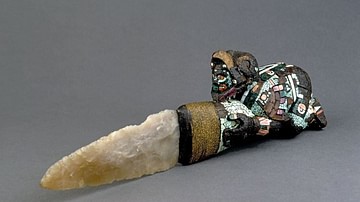
Article
Aztec Ceremonial Knife
The Aztec mosaic-handled knife currently in the British Museum, London dates to between 1400 and 1521 CE and is thought to have been used in religious ceremonies. Made from wood and flint the knife handle represents an Aztec warrior but...
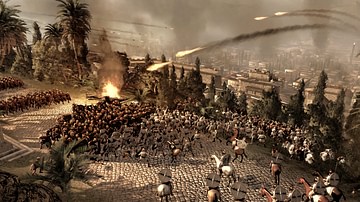
Article
Roman Artillery
Roman artillery weapons were instrumental in the successes of the Roman army over centuries and were especially used in siege warfare, both for offence and defence. Principally used in fixed positions or onboard ships, these machines, known...
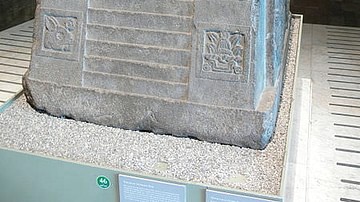
Article
Throne of Montezuma
The magnificent stone monument variously referred to as the Monument of Sacred War, the Teocalli of Sacred War, the Temple Stone or, more simply, the throne of Motecuhzoma II (Montezuma), the Aztec king (tlatoani) who ruled at the time of...
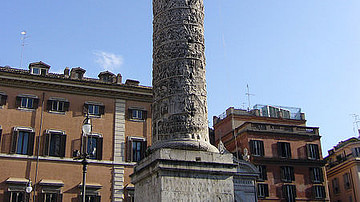
Article
The Column of Marcus Aurelius
The Column of Marcus Aurelius and Faustina which stands in Piazza Colonna in Rome is thought to have been erected by Commodus in memory of his father and mother sometime around 180 CE. The column was inspired by its more famous predecessor...
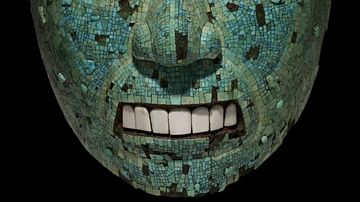
Article
The Mask of Xiuhtecuhtli
The striking turquoise mask now in the British Museum in London is thought to represent Xiuhtecuhtli, the Aztec god of fire, and dates to the final century of the Aztec empire, c. 1400-1521 CE. It is made from hundreds of small pieces of...
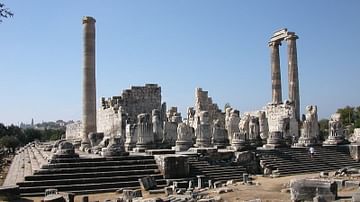
Article
The Temple of Apollo at Didyma
Located about 11 miles south of the ancient port city of Miletus on the western coast of modern-day Turkey, the Temple of Apollo at Didyma or Didymaion was the fourth largest temple in the ancient Greek world. The temple's oracle, second...
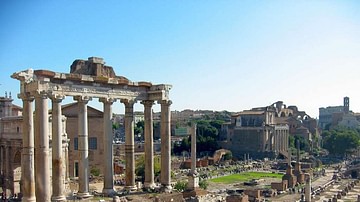
Article
Temple of Saturn, Rome
The 4th century CE Temple of Saturn is situated in the north west corner of the Roman Forum of Rome and has eight majestic columns still standing. Built in honour of Saturn it was the focal point of this ancient cult and stood on the site...
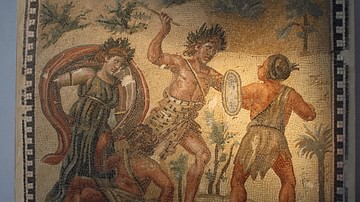
Article
Roman Games, Chariot Races & Spectacle
If there was one thing the Roman people loved it was spectacle and the opportunity of escapism offered by weird and wonderful public shows which assaulted the senses and ratcheted up the emotions. Roman rulers knew this well and so to increase...
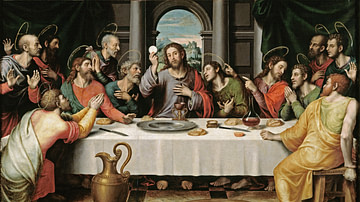
Article
The Life of Jesus of Nazareth in the Gospels
The only sources for the life of Jesus of Nazareth are in the canonical gospels (or the gospels that were included in the authorised version of the New Testament). We have no contemporary, eyewitness testimony from the time that he lived...
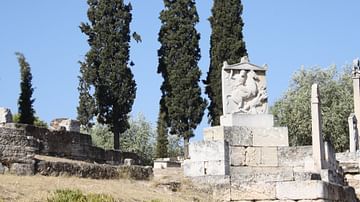
Article
The Dexileos Stele: A Study of Aristocracy and Democracy in Greek Art
The Dexileos Stele assesses the way that Athenian political thought penetrated all levels of society, showing the conflict that the aristocratic classes were faced with in trying to find their place within the Athenian Democracy. As a visual...